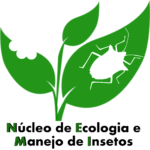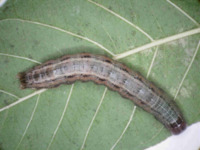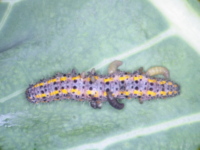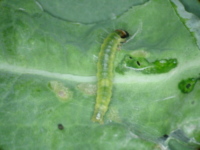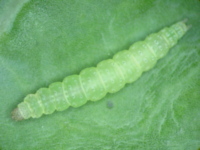Prevention is better than cure
 There is nothing new about the conception of prevention being better than cure. In fact, this concept is true for several situations, including regarding the invasion of insect pests. Studies show that 70 billion dollars are annually spent worldwide to control and manage invasive insect species. It is now quite clear that preventing new introductions is more cost-effective than managing insect pests after the invasion has occurred, as demonstrated by several studies.
There is nothing new about the conception of prevention being better than cure. In fact, this concept is true for several situations, including regarding the invasion of insect pests. Studies show that 70 billion dollars are annually spent worldwide to control and manage invasive insect species. It is now quite clear that preventing new introductions is more cost-effective than managing insect pests after the invasion has occurred, as demonstrated by several studies.
Government enforcement agencies are responsible for adopting preventive measures against introduction of insect pests, but how do you know where they are most likely to occur? With that question in mind, our group developed a methodology that combines data on habitat suitability, the presence of invasion pathways (airports and ports), and invasion and establishment likelihood maps for the 21st century to identify areas at higher risk of invasion by insect pests. Such maps can be used in the prioritization of areas for the adoption of phytosanitary measures against invasive species. This information is important because, in addition to the costs associated with managing agricultural pests, there is a serious risk of environmental contamination due to the increased use of pesticides for controlling the new invader.
The paper entitled “Prevention is better than cure: Integrating habitat suitability and invasion threat to assess global biological invasion risk by insect pests under climate change” was published in the journal Pest Management Science, and can be accessed in full here. This study was carried out in social isolation due to the pandemic, and this was only possible due to the efforts of several professionals working on essential services.

